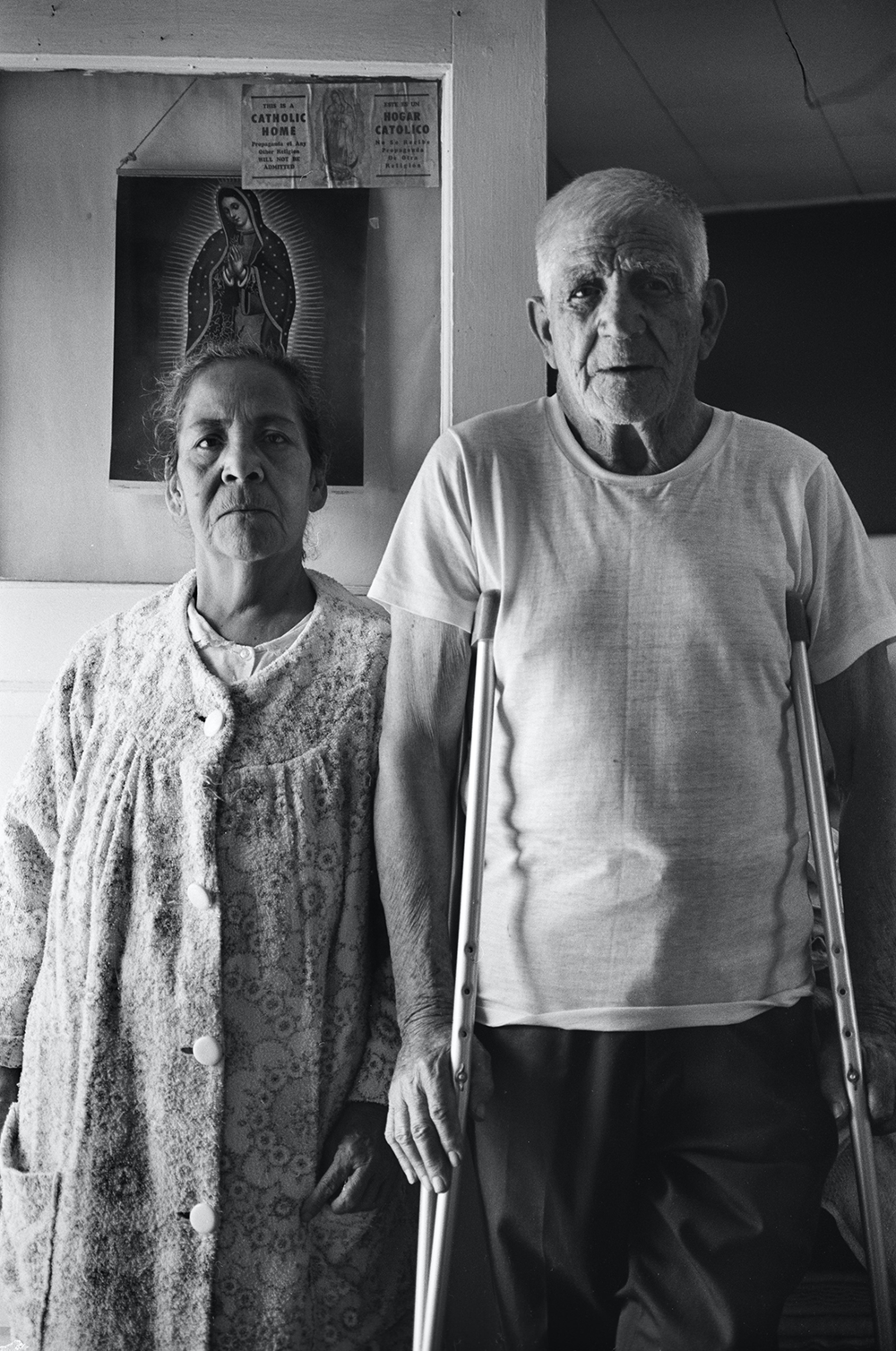Luis Garza was a dedicated artist and visionary who helped advance Chicano culture and activism in the 1960s and 70s through his compassionate photos. Born in 1943 in the South Bronx, he moved to Los Angeles in 1965, searching for a lifestyle more amenable to his Mexican-American heritage.
Two years later, the Chicano populace on LA’s east side were discovering their Chicanismo, their newfound sense of ethnic and cultural pride, while organizing for civil and political rights. Garza identified with the movement, calling it his razon de ser. He began photographing the civil rights movement for the socially conscious Mexican-American newspaper (later magazine) La Raza. As he documented the activists his artistic eye empowered him to also capture the faces and gestures of the local citizens—the workers, shoppers, school children and street preachers—as they pushed toward greater equality.
Garza was also a film and theater arts student at UCLA, then a producer/director for Emmy-award winning documentaries and primetime shows and for films. (He has subsequently curated many Chicano-themed productions and exhibitions, including La Raza for the Getty’s Pacific Standard Time: LA/LA initiative, 2017 to 2018.)

Luis C. Garza, Sueño, 1972. Courtesy of the artist.
The Other Side of Memory is notable for its documentation of Garza’s East Los Angeles community in the1960s to 70s, along with photos of his South Bronx neighborhood and women demonstrating in New York back then, as he visited his hometown frequently. Also on view are images from Budapest’s 1971 World Peace Council where Garza met muralist David Siqueiros. The show comprises 66 black-and-white silver gelatin prints, brings up memories from 50-plus years ago and calls to mind the work of Chicano artists Gilbert “Magu” Luján, Frank Romero and others.
Exhibition curator Armando Durón, a Chicano art collector, selected and paired many photos to conjure up these memories, while encouraging viewers to construct from them their own narratives. In Raza Gothic (1974) an old, poorly dressed Chicano couple, evoking Grant Wood’s American Gothic, is paired with Joyeria Mexicana (1979). The latter shows a younger, well-dressed, coiffed and bejeweled Angeleno couple—the man wearing an elegant three-piece suit, heels and rings. The woman beside him dons a flowing, printed dress and a fashionable blond shag hairdo.
The equally fashionable Uptown Girl (1968) in New York displays a young mod Latino woman wearing a mini-skirt, boots and hairdo adorned with a scarf, staring pensively into the distance. Soledad (1974) from LA, depicts an old woman with a deeply lined face, also wearing a scarf, staring into the distance. While the girl looks hopeful, the old lady’s face reveals hopelessness.
Perhaps the most dramatic pairing in the exhibition is Feminestrations (1970) in which a crowd of women in New York march for their feminist rights, alongside Junto (1971) which depicts Chicano teenagers marching for freedom and equality in Los Angeles; it recalls the National Chicano Moratorium demonstrations of the1970. Both photos bring to light the activist fervor throughout our country in the 1960s and 70s, an era worth remembering—and perhaps emulating.


